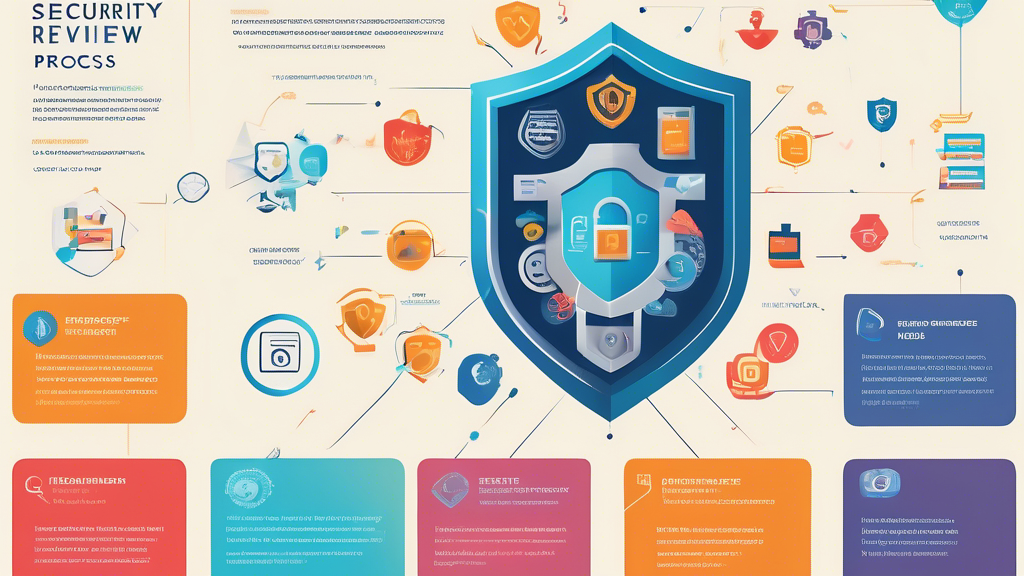Enhancing Your Safety: A Guide to Security Posture Review
Enhancing Your Safety: A Guide to Security Posture Review
In an era where digital threats are becoming more sophisticated and pervasive, ensuring the security and resilience of your organization’s information technology (IT) infrastructure is paramount. A security posture review is an essential process that helps you identify and mitigate vulnerabilities, ensuring that your organization can effectively defend against potential cyberattacks. This guide offers insights into what a security posture review entails and how you can leverage it to bolster your organization’s cyber defenses.
What is a Security Posture Review?
A security posture review is a comprehensive evaluation of an organization’s current cybersecurity strengths and weaknesses. It encompasses assessing policies, processes, controls, and technologies that are in place to protect assets from cyber threats. This review aims to give an organization a clear picture of its readiness to defend against and respond to cyber incidents. By understanding your security posture, your organization can make informed decisions on where to allocate resources to enhance your cyber defenses.
Key Components of a Security Posture Review
To conduct an effective security posture review, it’s important to focus on several key components of your IT environment:
- Asset Management: Identifying and categorizing all assets within the organization’s IT environment, including hardware, software, and data.
- Threat Analysis: Assessing the current threat landscape and determining which threats are most likely to impact your organization.
- Vulnerability Assessment: Identifying vulnerabilities within the system that could potentially be exploited by attackers.
- Access Controls Review: Evaluating the effectiveness of current access control measures and policies to ensure that they are adequate in preventing unauthorized access.
- Incident Response Planning: Assessing the organization’s readiness to respond to and recover from security incidents.
Steps to Conduct a Security Posture Review
Conducting a security posture review involves several detailed steps:
- Preparation: Define the scope of the review, including which systems and assets will be evaluated.
- Assessment: Use a combination of automated tools and manual techniques to evaluate the security of the identified assets.
- Analysis: Analyze the collected data to identify gaps in your security posture and assess overall risk.
- Recommendations: Develop a set of actionable recommendations for improving your security posture based on the analysis.
- Implementation: Prioritize and implement the recommended improvements to enhance your cyber defenses.
- Follow-up: Conduct regular reviews to ensure that the implemented measures remain effective over time.
Benefits of Conducting a Security Posture Review
Undertaking a security posture review offers numerous benefits, including:
- Improved Security Awareness: Helps you understand the current state of your security and where improvements can be made.
- Risk Reduction: Identifies and mitigates vulnerabilities, reducing the overall risk to the organization.
- Compliance Assurance: Ensures that your organization meets regulatory and industry standards for cybersecurity.
- Strategic Resource Allocation: Allows for more informed decision-making regarding where to allocate resources for maximum security impact.
- Enhanced Incident Response: Improves your organization’s ability to respond quickly and effectively to security incidents.
Conclusion
As cyber threats continue to grow in number and sophistication, conducting a security posture review is more important than ever. By systematically evaluating your organization’s cybersecurity strengths and weaknesses, you can enhance your preparedness for potential cyber incidents. Remember, a strong security posture doesn’t just protect your IT assets; it safeguards the reputation and operational continuity of your entire organization. Implementing the steps and components outlined in this guide will help you achieve a robust security posture, ensuring the safety and resilience of your organization against the ever-evolving landscape of cyber threats.
editor's pick
news via inbox
Nulla turp dis cursus. Integer liberos euismod pretium faucibua

